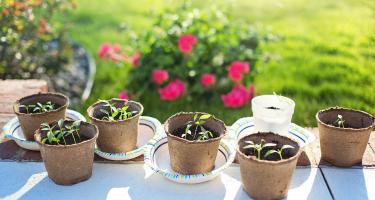
About the NASW Peggy Girshman Idea Grants
Since its inception in 2010, almost 600,000 has been awarded by NASW's Peggy Girshman Idea Grants program for projects that benefit science writing and its practitioners. Read more to see a list of all the awardees and their exciting science writing projects.



